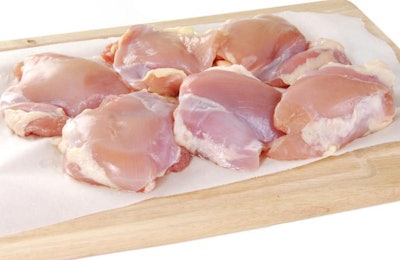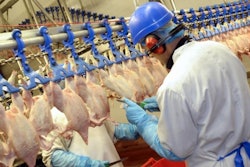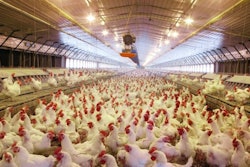
Automated deboning machines could soon surpass human performance, according to a leading researcher.
Ai Ping Hu, a senior research engineer at Georgia Tech Research Institute (GTRI) said he is working on automated devices that can produce butterfly cuts nearly as well as a human worker. Hu said the new devices will be in use, on a trial basis, in poultry plants as soon as spring of 2020. He spoke as part of the 2019 Poultry Tech Summit in Atlanta on November 21.
Poultry processing is constantly dealing with a shortage of labor, especially in skilled positions. Hu said GTRI identified the most challenging cut for processing plants, the so-called shoulder cut, and began working on an automated solution.
In the past, automated deboning devices made the same cut on an entire flock based on the average weight of the birds. Machines worked quickly and reliably, but yield was not competitive with skilled workers.
Today, these devices can quickly adjust their cuts based on the size of the individual carcass and deliver a much better yield. Hu said he believes a machine, given the right conditions, can outperform a human worker.
Through years of work, GTRI researchers found a faster way to determine the proportions of an entire bird based on the measurement of certain bones in the carcass. Then, they motion captured how a skilled worker would perform the same cut. Using that performance data and a newly created algorithm, the team built a robotic device outfitted with a knife that could in a few motions – informed by the skeletal structure of the bird – perform the same cut better than a skilled worker.
At first, the device worked slowly and took up too much space to fit in a poultry plant. Over years of work and iterative progress, the team shrunk it into a unit that could be mounted to the ceiling and employ two robotic arms making the same cut on two birds at the same time.
Hu said the current version of the device can process 10 birds a minute and is ready to be used in a commercial setting. It will be employed as soon as the spring of 2020 in an undisclosed commercial location.
As the trial progress, the team will assess how the machinery holds up to the demanding environment. Future iterations of the machinery will be built to better withstand the temperature and moisture variables in the real world environment, Hu said.


















